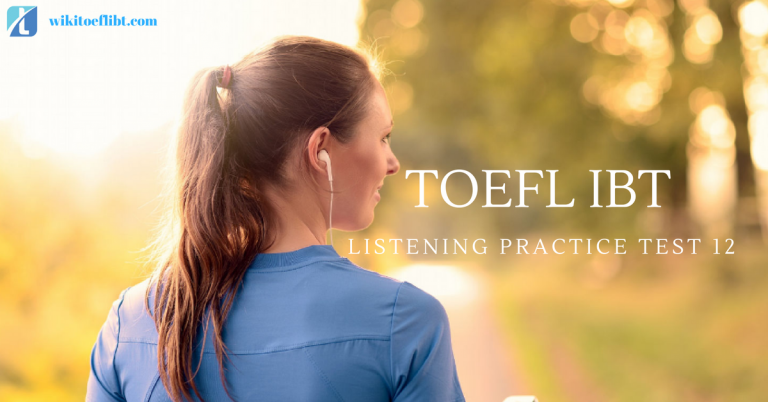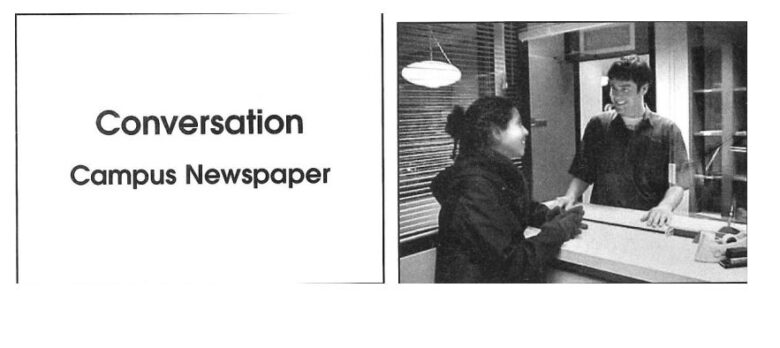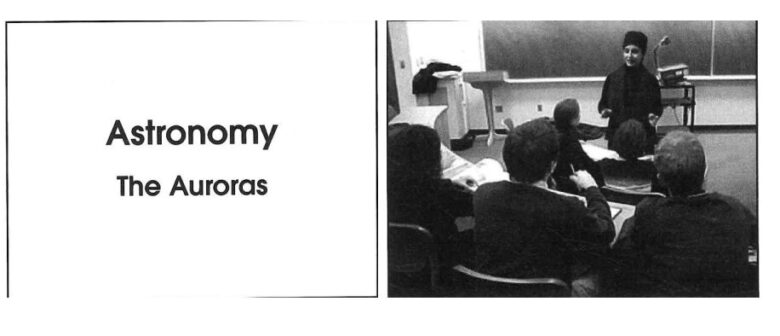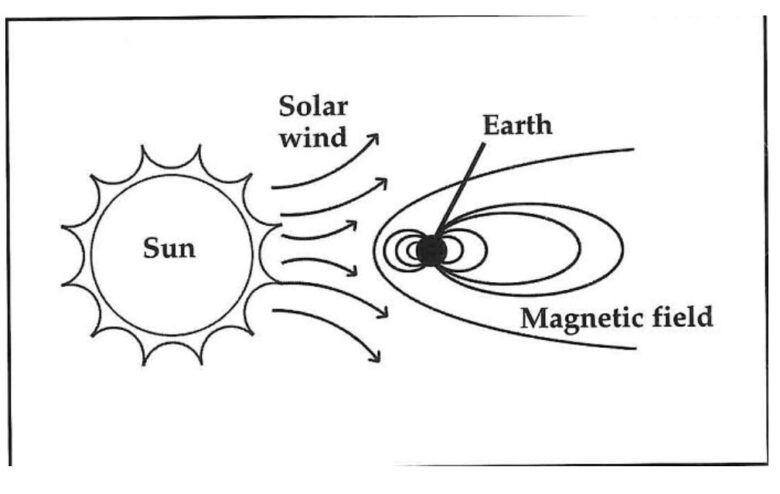TOEFL IBT Listening Practice Test 12 from Delta’s Key to the Next Generation TOEFL Test
Listening Section Directions
The Listening section measures your ability to understand conversations and lectures in English. You will hear each conversation and lecture only one time. After each conversation or lecture, you will hear some questions about it. Answer the questions based on what the speakers state or imply.
You may take notes while you listen. You may use your notes to help you answer the questions. In some questions, you will see this icon: . This means that you will hear, but not see, part of the question.
Some questions have special directions, which appear in a gray box. Most questions are worth one point. If a question is worth more than one point, the directions will indicate how many points you can receive. You will now begin the first part of the Listening section.
TOEFL IBT Listening Practice Test 12 from Delta’s Key to the Next Generation TOEFL Test Audio
https://www.youtube.com/watch?v=tbPU-dJ6qjY
QUESTIONS 1-5
1. Why does the woman go to the campus newspaper office?
(A) She wants to thank the editor for helping her get a job.
(B) She would like the editor’s opinion of a story she wrote.
(C) She is inquiring about writing arts reviews for the paper.
(D) She is asking the editor to endorse a sample of her writing.
2. Why does the man say this:
(A) To describe the type of story that the campus paper prints
(B) TO suggest that she change her academic major to journalism
(C) To explain why the campus paper has an excellent reputation
(D) To inform her that the paper does not need another reviewer
3. Listen again to part of the conversation. Then answer the question.
What does the man mean when he says this: O
A. He probably cannot offer her a job now.
B. The journalism department has strict rules.
C. He usually hires only journalism students.
D. The college may stop having a newspaper.
4. What does the man say about the city newspaper?
(A) The city paper has a larger budget than the campus paper.
(B) His former job was features editor for the city paper.
(C) Sometimes the city paper prints stories written by students.
(D) The city paper prefers writers who have a journalism degree.
5. What will the woman probably do?
(A) Write concert and film reviews for the campus paper
(B) Change her field of study from English to journalism
(C) Go to the journalism department to ask for a job
(D) Contact the city newspaper about writing book reviews
Questions 6-11
6. What aspect of the auroras does the professor mainly discuss?
(A) Myths about the auroras
(B) How to videotape the auroras
(C) What causes the auroras
(D) The beauty of the auroras
7. What colors are commonly seen in the auroras?
Click on two answers.
A. Orange
B. Red
C. Green
D. Brown
8. Listen again to part of the lecture. Then answer the question.
Why does the professor say this: O
(A) To compare the views from the North and South Poles
(B) To explain why extremes of daylight exist at the poles
(C) To point out where the auroras are most visible
(D) TO suggest taking a trip to the North or South Pole
9. Why does the professor say this: O
(X) To explain how the auroras are electrical in nature
(T) To change the subject to something more interesting
(jT) To encourage the student to observe the auroras
(F) To imply that the auroras contribute to global warming
10. The professor briefly explains how the auroras are formed. Indicate whether each sentence below is a part of the process.
For each sentence, click in the correct box.
| Yes | No | |
| Oxygen and nitrogen atoms in the ionosphere become “excited.” | ||
| Sunlight travels to Earth and is reflected back into space by clouds. | ||
| Ionized atoms de-energize and emit radiation as visible light. | ||
| The solar wind interacts with Earth’s magnetic field. |
11. Listen again to part of the lecture. Then answer the question.
What can be inferred about the auroras?
(X) The auroras change in size and shape during the night.
(IT) The color of auroras is related to the type of gas involved.
(£) The beauty of auroras is difficult to measure accurately.
(IT) The auroras are a possible source of nuclear energy.




